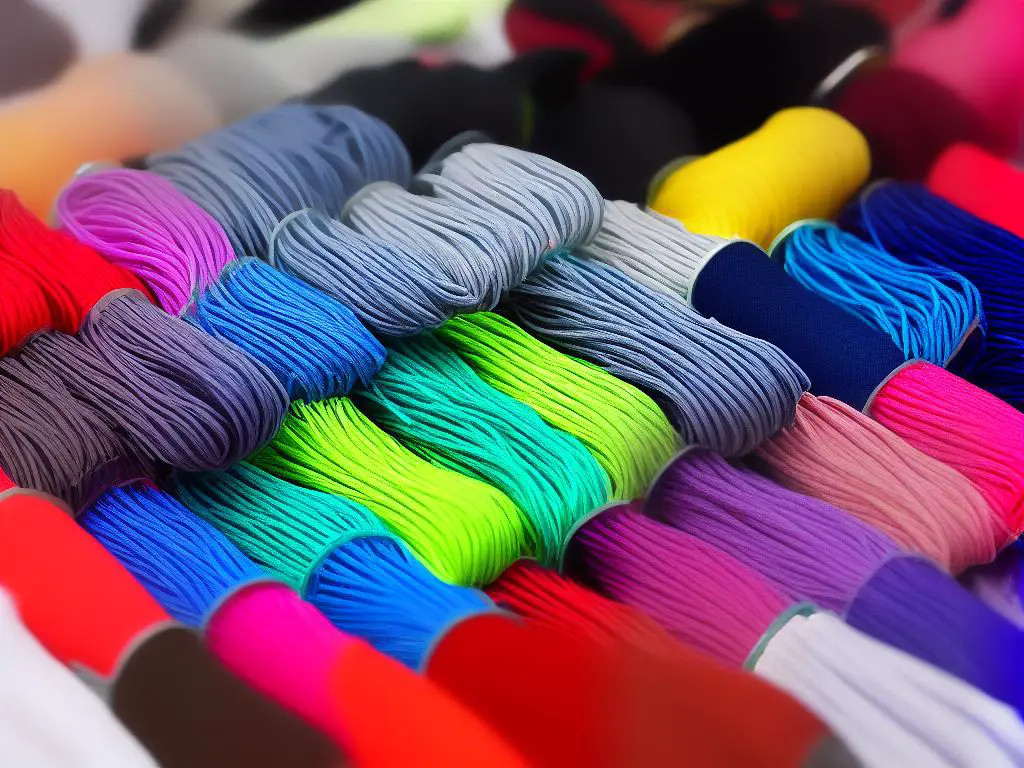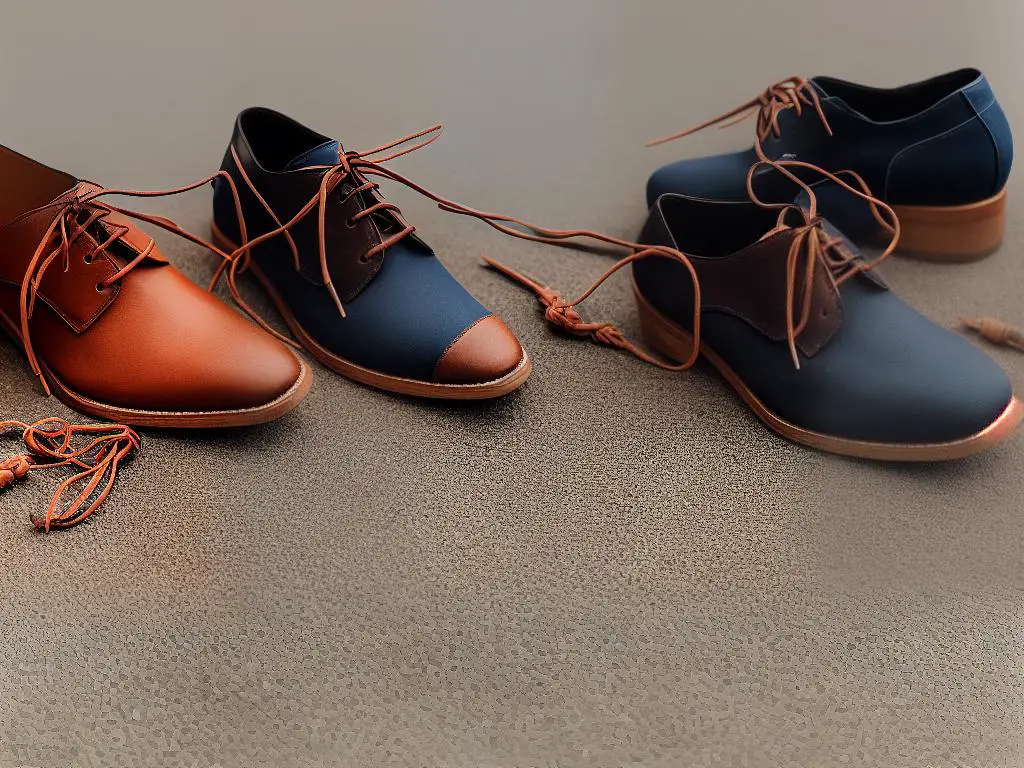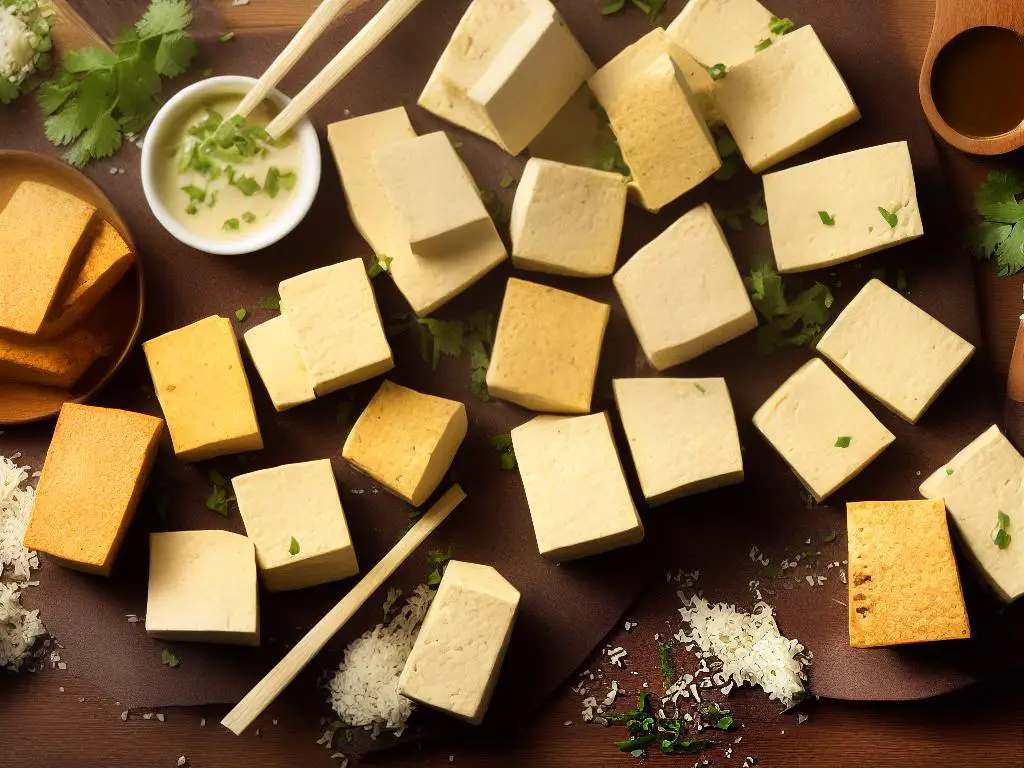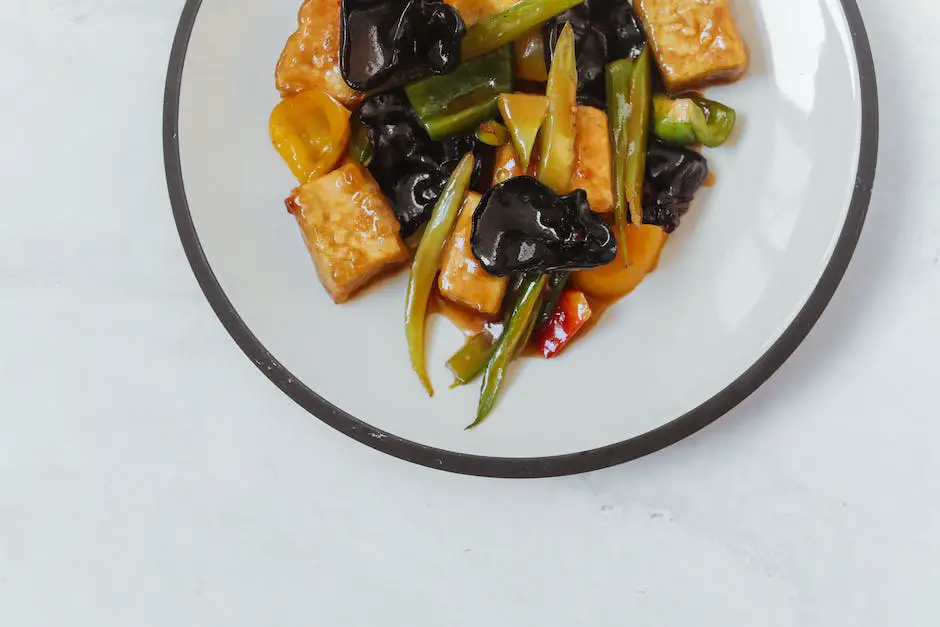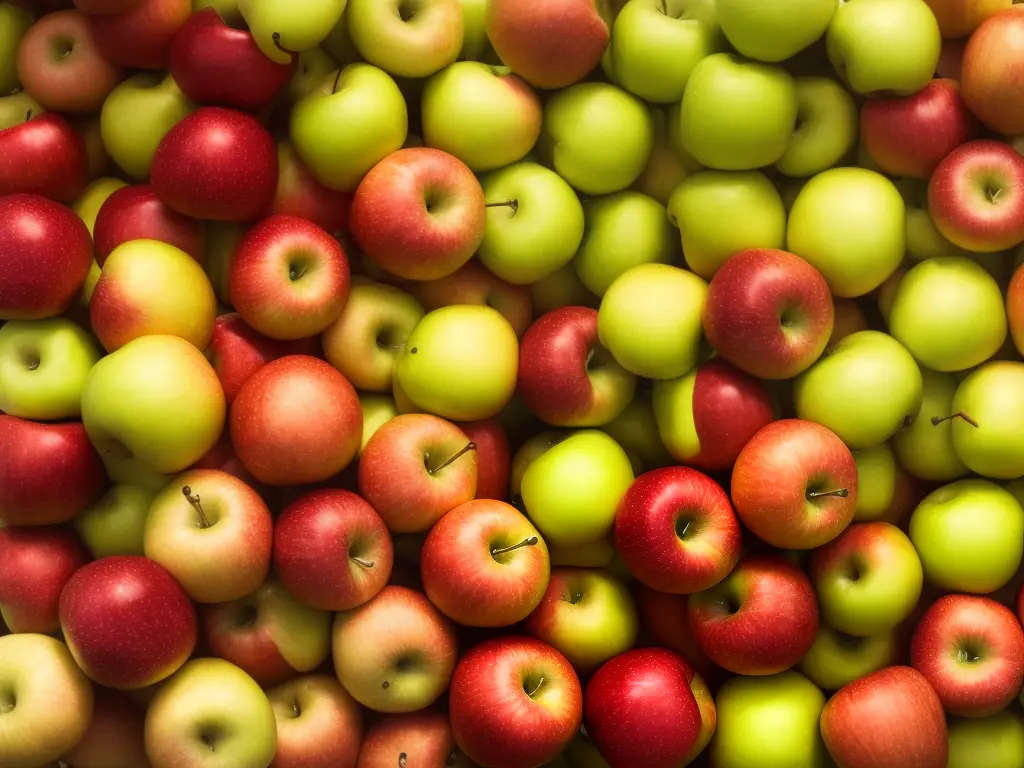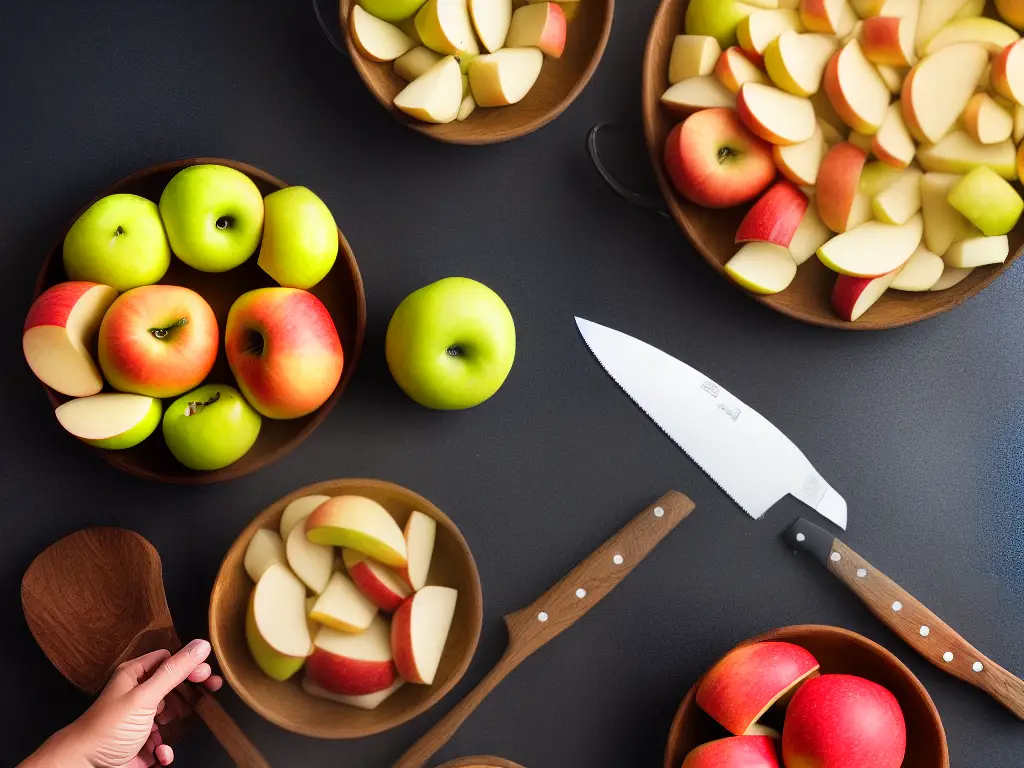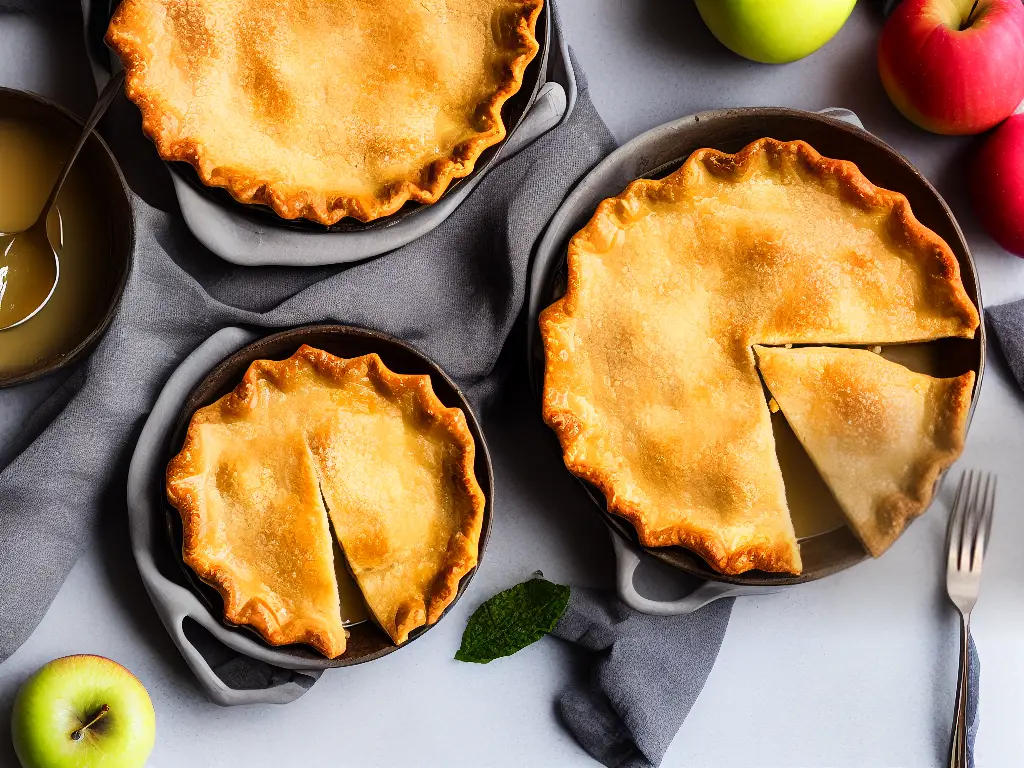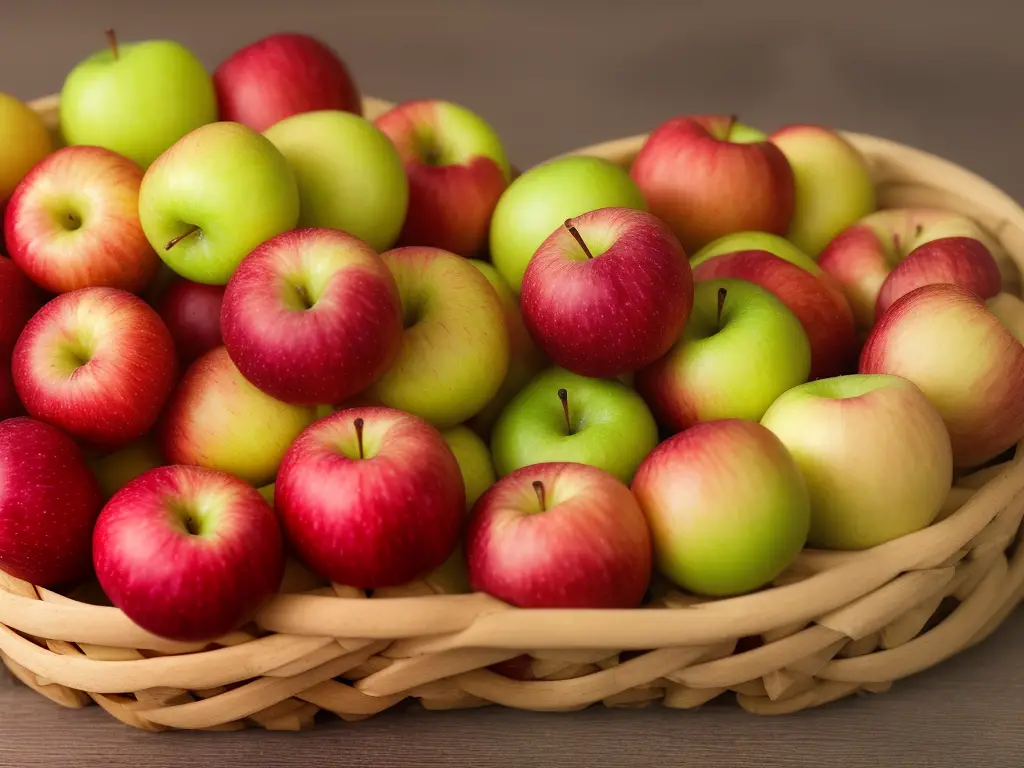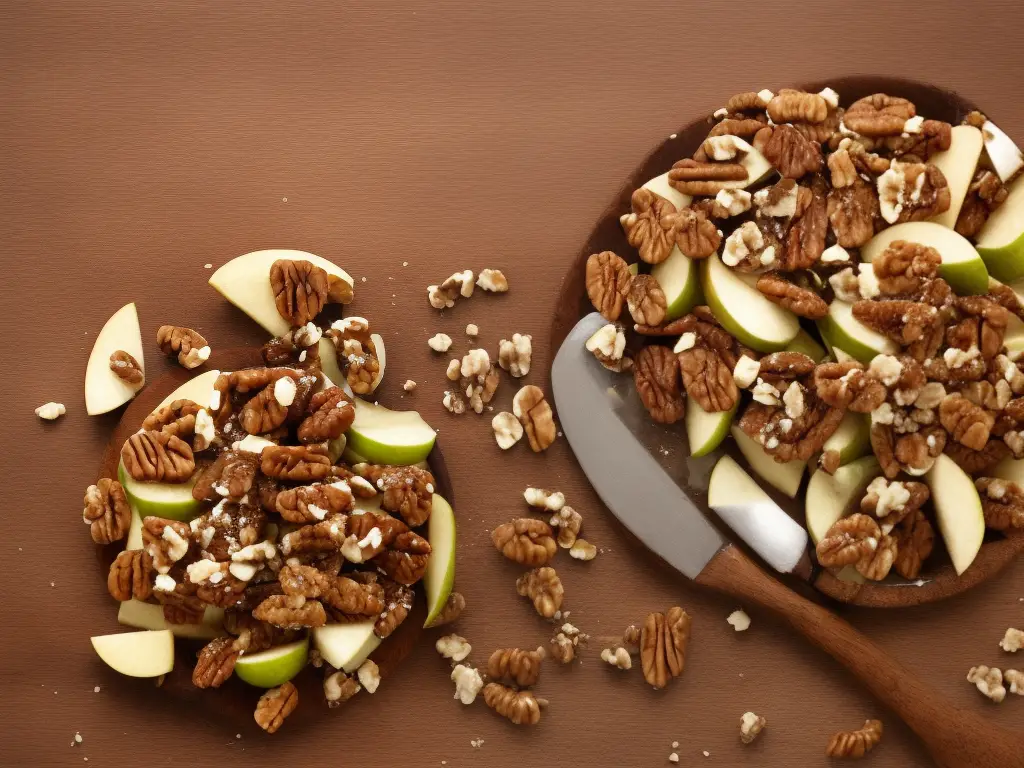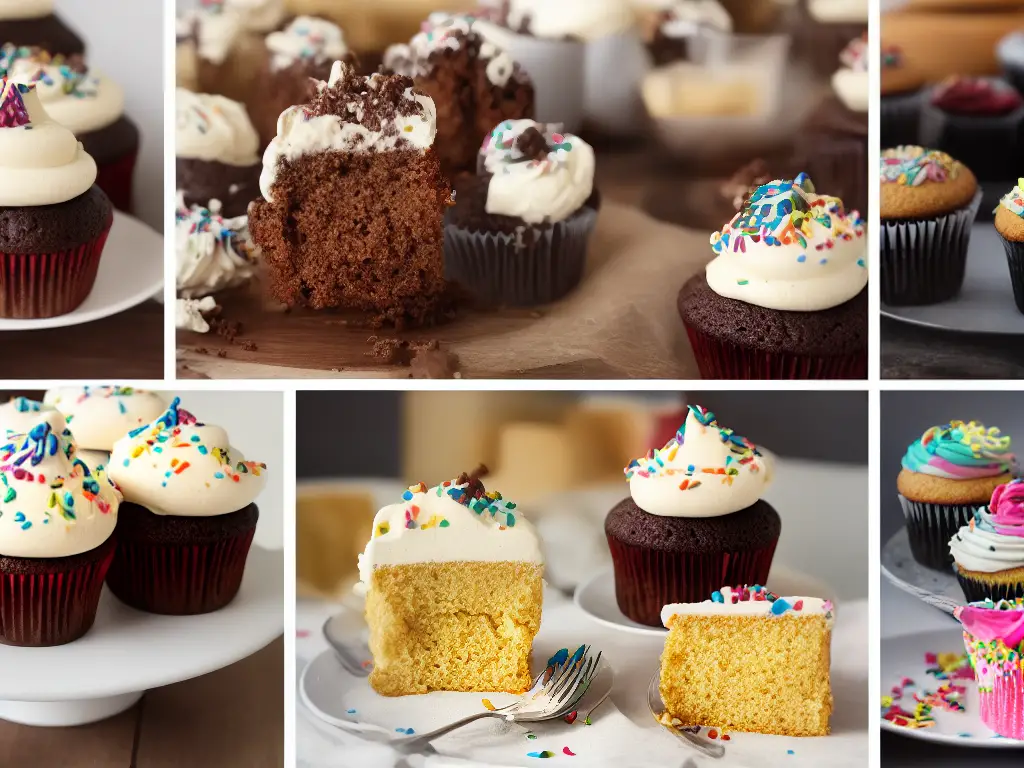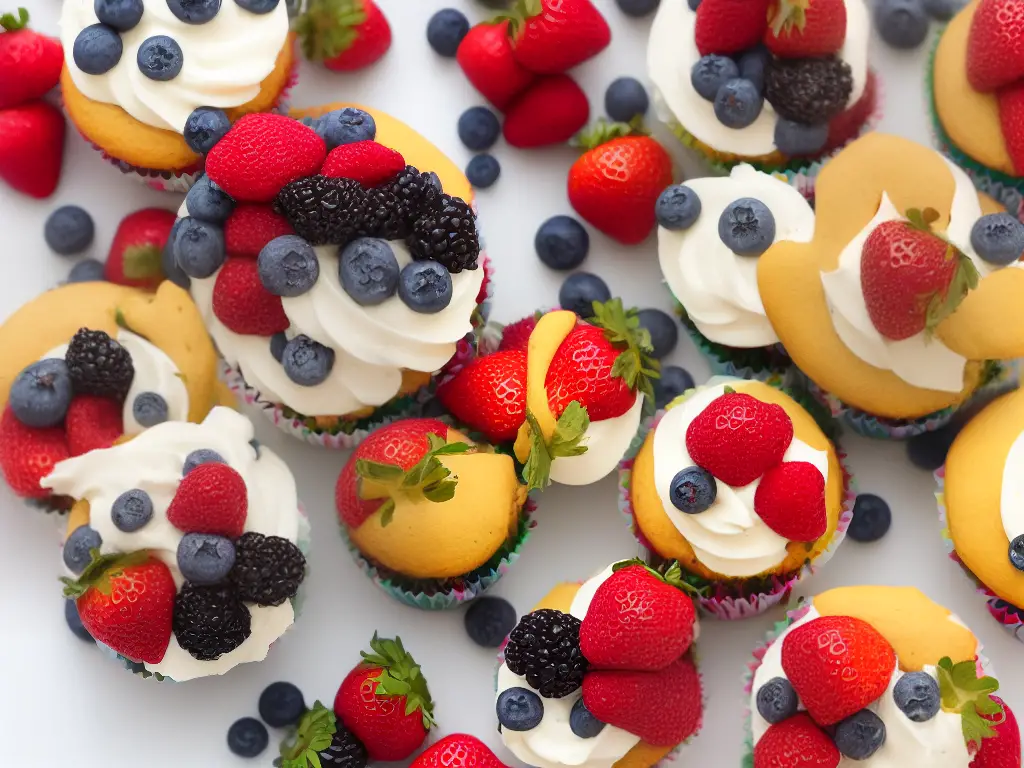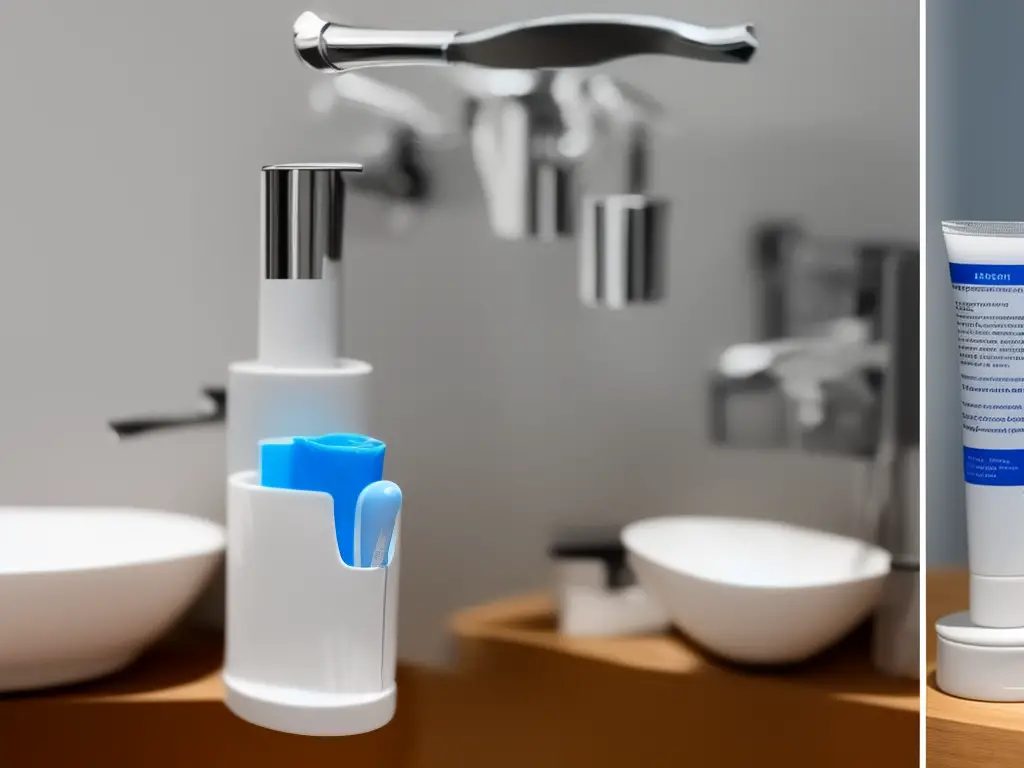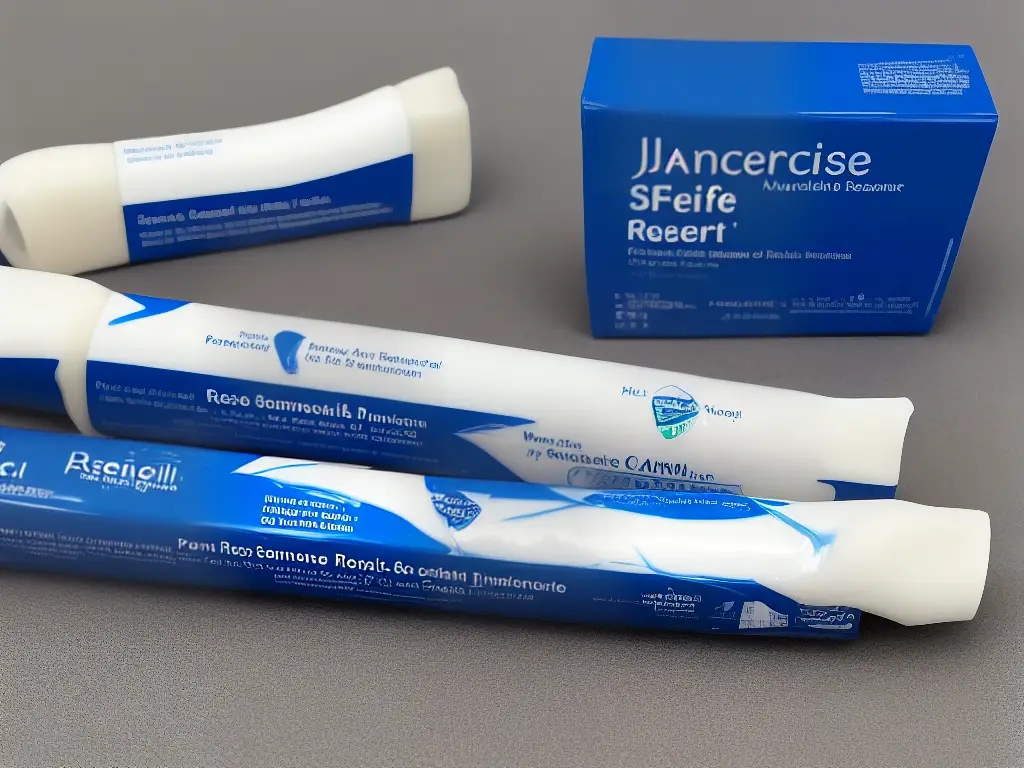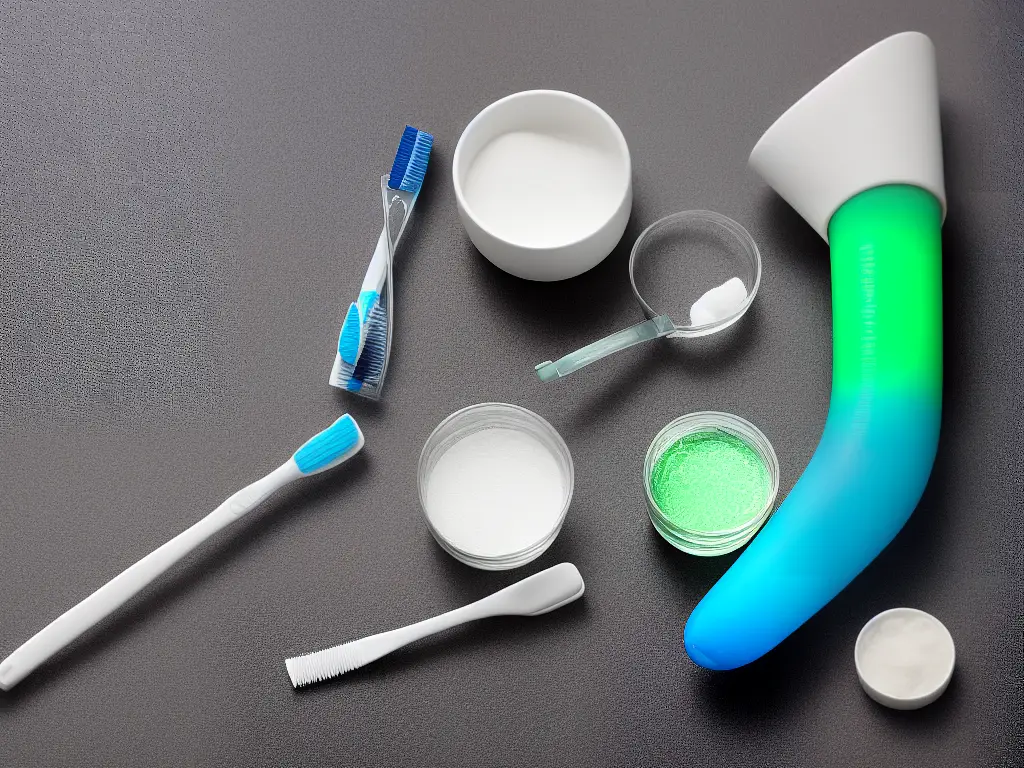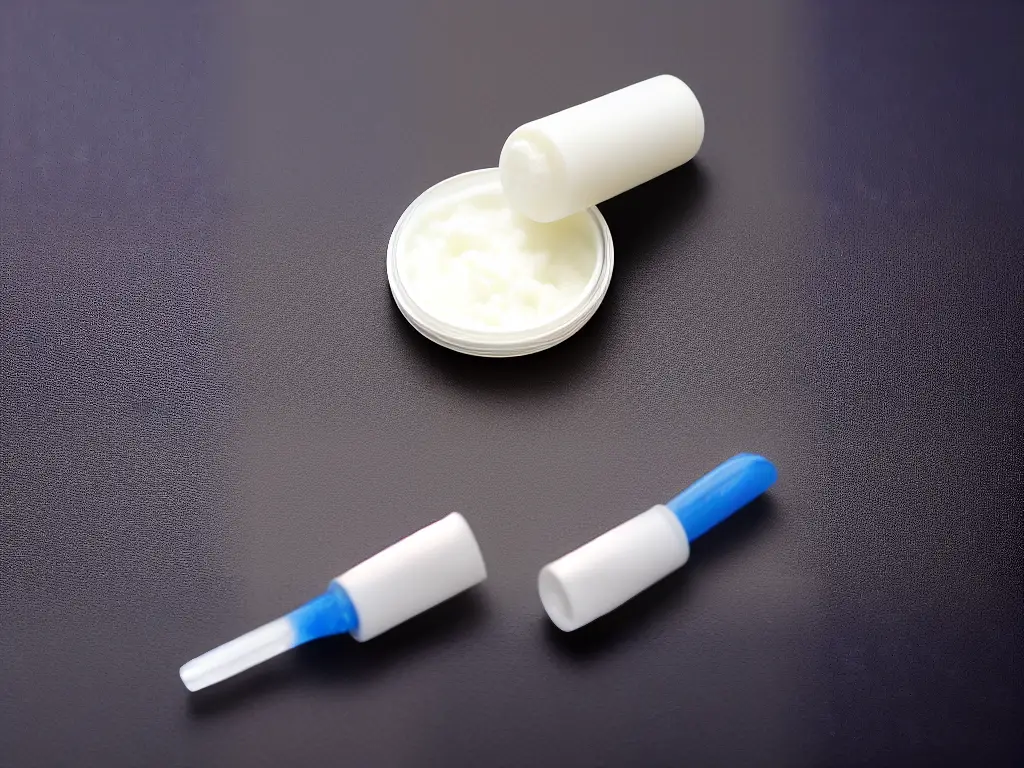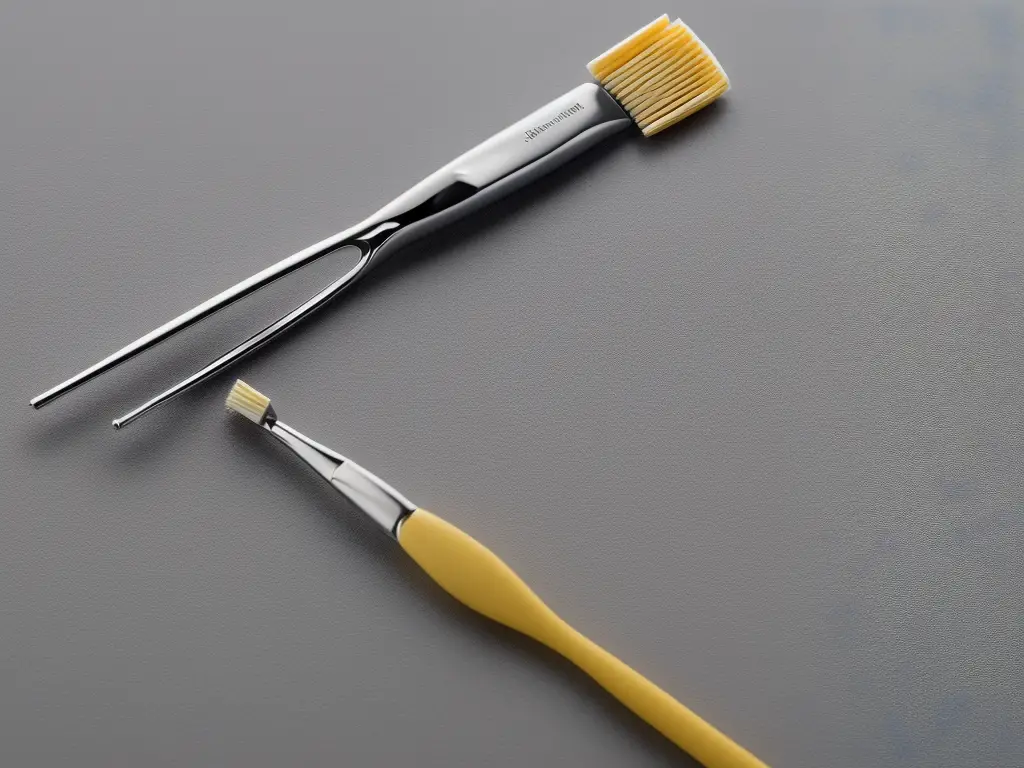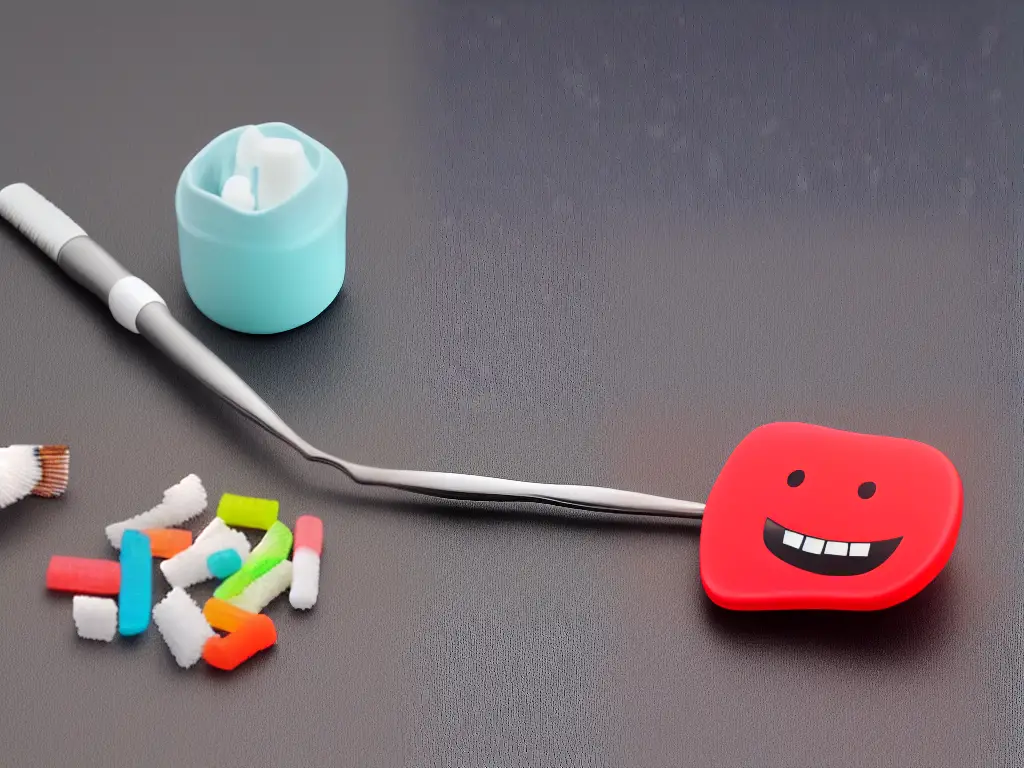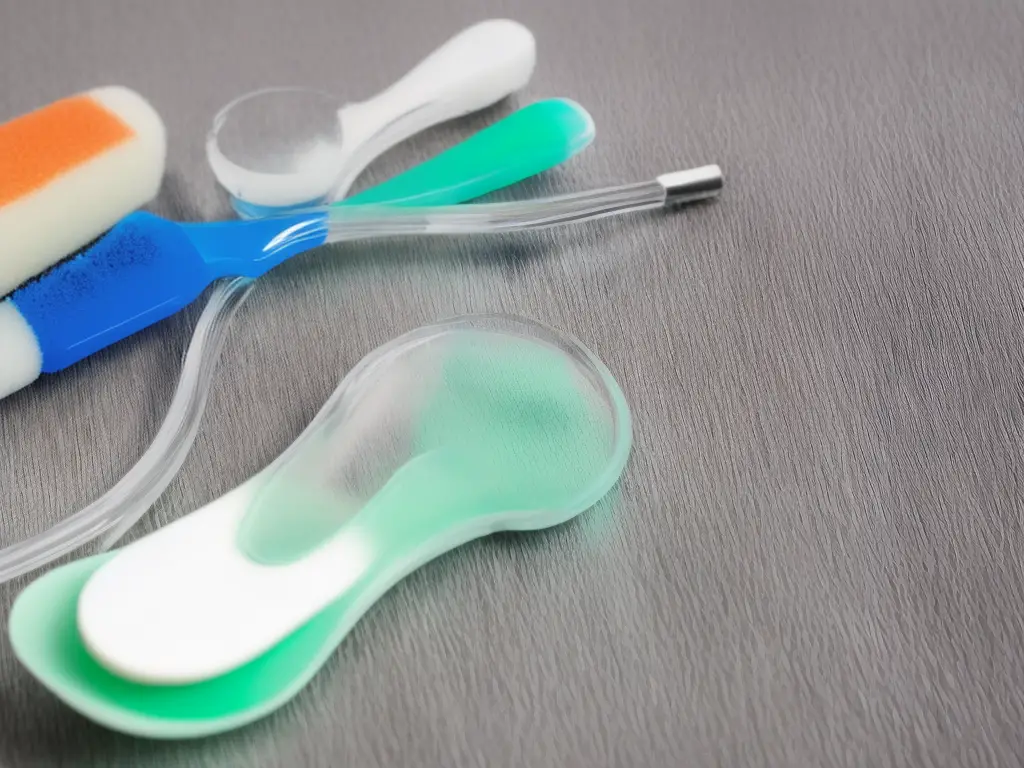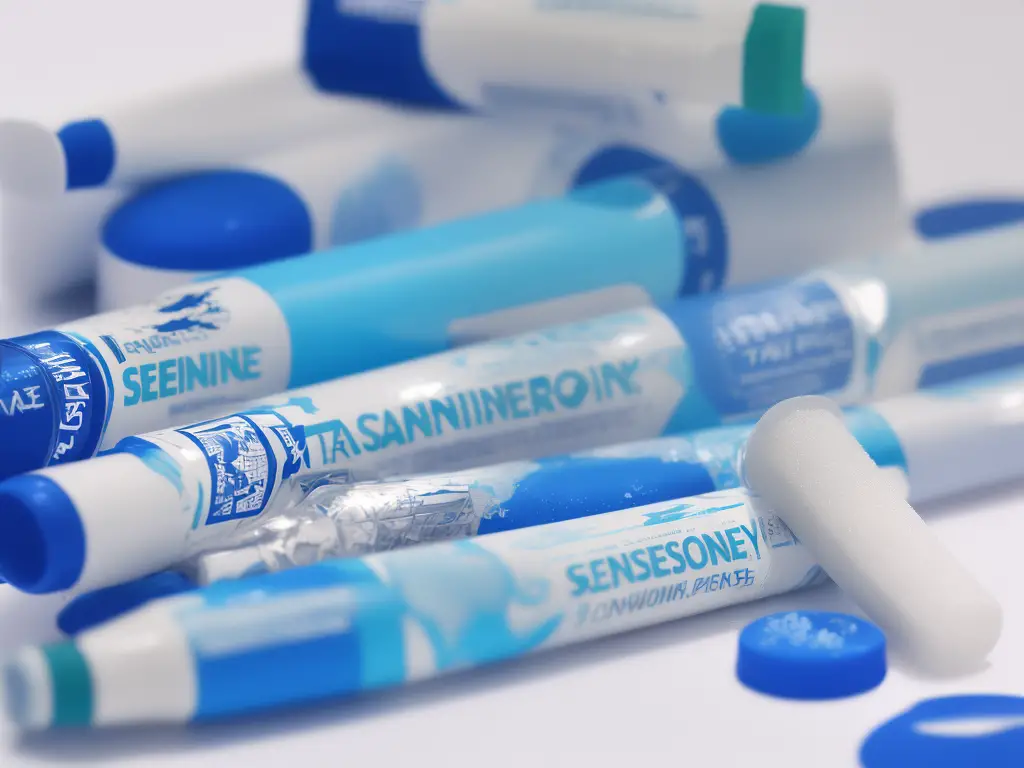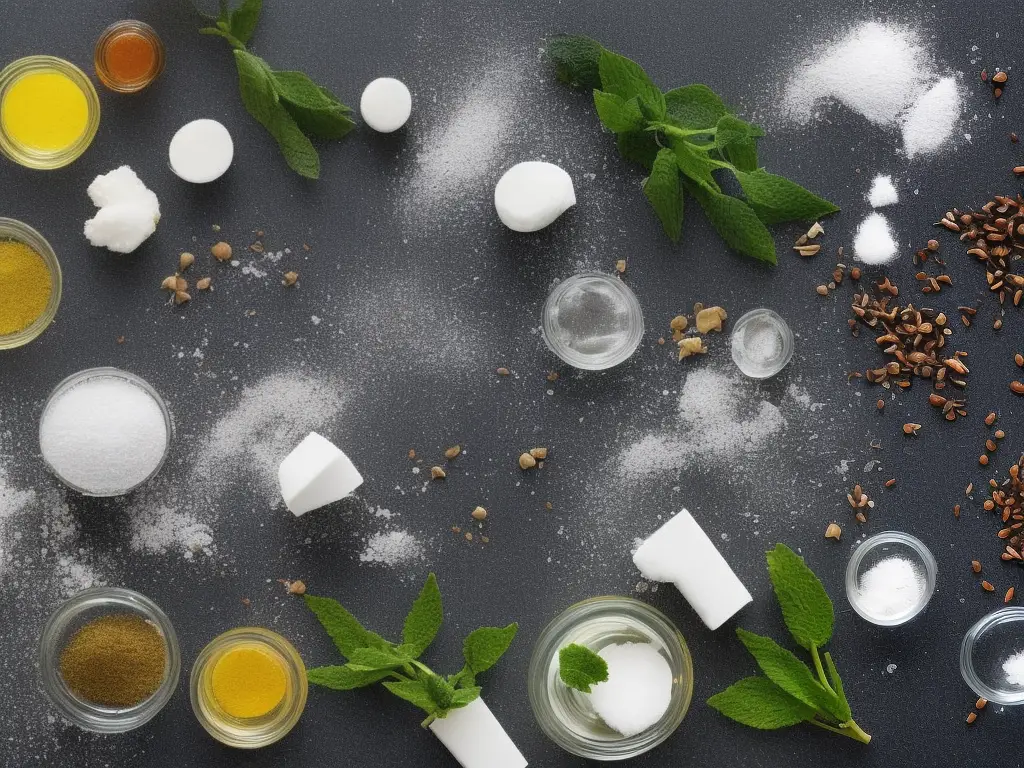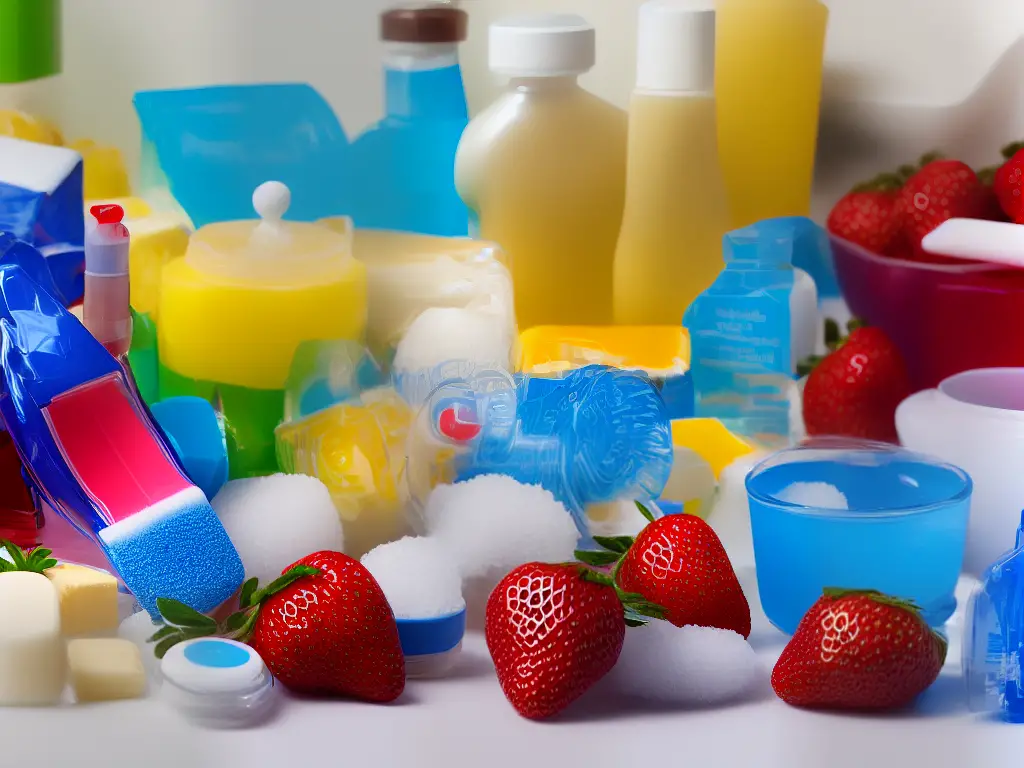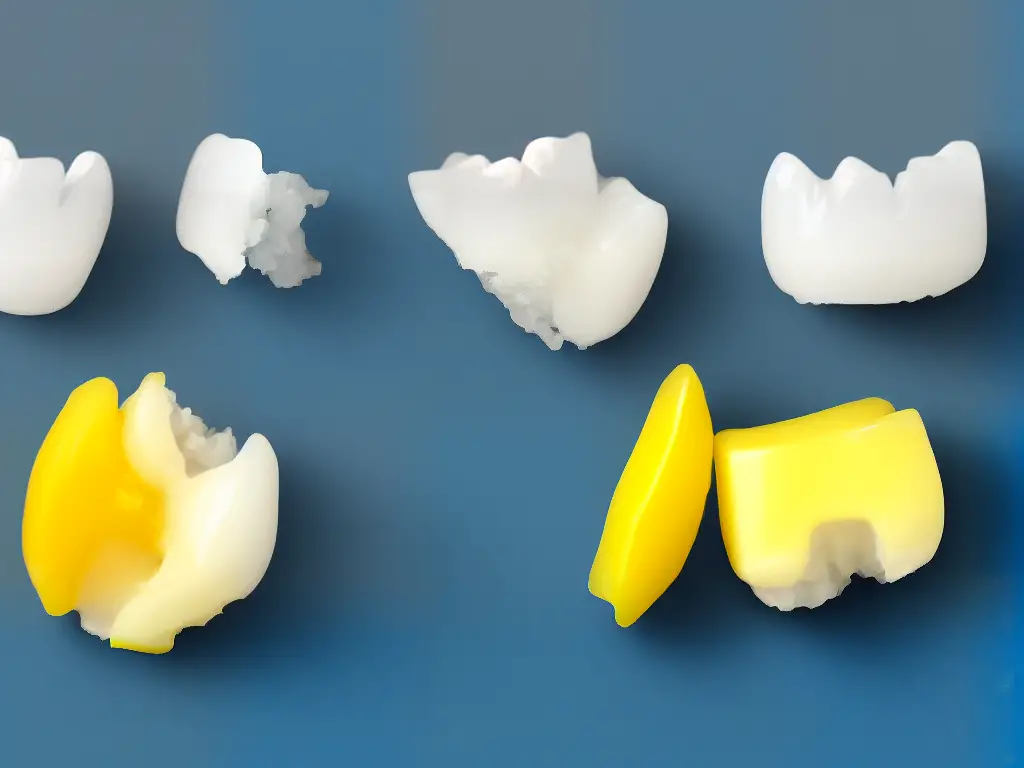Tying shoelaces may seem like a simple task, but with various knot techniques and types of shoelaces available, it can be more complex than you think. In this guide, you will learn about different types of shoelaces, how to prepare your shoes for tying, and practice several knot-tying methods. Additionally, you will explore knot variations, troubleshoot common mistakes, and improve your shoelace tying skills through practice. Grab your favorite pair of shoes and let’s dive in!
Understanding Shoelace Types
Introduction:
Before learning how to tie your shoelaces, it’s essential to understand the different types of shoelaces and how to choose the right ones for your shoes. With various materials, lengths, and designs available, you want to make sure you select the best option for your specific needs. In this guide, we’ll discuss several kinds of shoelaces and provide tips on choosing the right size and type for your shoes.
Flat Shoelaces:
Flat shoelaces are the most common type of laces that you’ll find in sneakers and casual shoes. They are wide, thin, and usually have a polyester or cotton construction. Flat laces lay comfortably on the shoe and provide a clean appearance.
Round Shoelaces:
Round shoelaces are generally found in dress shoes, boots, and some athletic shoes. These laces have a tubular shape, which gives them a more formal look and offer more durability. Round laces can be made of various materials like cotton, nylon, or waxed cotton.
Waxed Shoelaces:
Waxed shoelaces add an extra layer of protection for the laces, making them more resistant to water, fraying, and breaking. They are ideal for dress shoes or outdoor footwear, as the wax helps maintain their shape and structure. The waxed finish provides a slightly shiny appearance and also offers more grip when tying.
No-tie Shoelaces:
No-tie shoelaces are an innovative solution for those who may have difficulty tying shoelaces or are looking for a more streamlined and hassle-free option. They utilize an elastic lace material that securely attaches to the eyelets with plastic or metal anchors. You can slip your shoes on and off effortlessly without having to tie and untie laces.
Coiled Elastic Shoelaces:
Coiled elastic shoelaces are designed to stretch and contract, allowing users to slip their shoes on and off without needing to tie them. These laces are typically used in athletic shoes and are popular among runners who don’t want to worry about their laces coming undone during their workout.
Tips on Choosing the Right Shoelace Size and Type:
- Length: Measure the total number of eyelets on your shoes, and then check the shoelace packaging or manufacturer’s website for a sizing guide. Most shoelace brands offer a range of lengths to accommodate various shoe sizes and eyelet numbers.
- Material: Consider the specific needs of your shoes and your typical activities when selecting a shoelace material. Cotton laces are breathable and soft, ideal for casual shoes. Polyester or nylon laces are more durable and weather-resistant, making them suitable for athletic or outdoor footwear.
- Color and Design: Select a shoelace color and design that matches your personal style and the color of your shoes. You can choose from solid colors, patterns, or even reflective shoelaces for added visibility during nighttime activities.
- Ease of Use: If you have trouble tying shoelaces, consider opting for no-tie or coiled elastic shoelaces to simplify the process.
Conclusion:
Understanding the different shoelace types will help you choose the best option for your shoes and ensure a comfortable, secure fit. Pay attention to length, material, color, design, and ease of use when selecting the right shoelaces for your needs. Now that you know which laces are best suited for your shoes, you can learn to tie them confidently and securely.
Preparation for Tying
Step 1: Gather your materials
To begin, you’ll need a pair of shoes with eyelets along the sides, and a pair of shoelaces that are of appropriate length for your shoes.
Step 2: Insert the shoelaces
Take one end of the shoelace and insert it through the bottom eyelet (the one closest to your toes) on one side of the shoe, from the outside in. Then, take the other end of the shoelace and insert it through the bottom eyelet on the other side of the shoe, also from the outside in. Make sure that the laces are of equal length on both sides.
Step 3: Cross the laces
Next, take the left lace and cross it over the right lace, creating an “X” shape. Thread the left lace through the next available eyelet on the right side, going from the outside in. Do the same for the right lace, threading it through the next available eyelet on the left side.
Step 4: Continue lacing
Repeat step 3 for the remaining eyelets, making sure to cross the laces over each other and threading them through the eyelets from the outside in. Be consistent with your pattern, either crossing the left lace over the right lace or vice versa, for a neat appearance.
Step 5: Check your progress
As you lace your shoes, make sure the laces lay flat and don’t twist. This will ensure a comfortable and secure fit when tying.
Step 6: Finishing up
Once you’ve threaded the laces through all the eyelets, give them a gentle tug to ensure that they’re securely in place and evenly tightened. You should now have two laces of equal length emerging from the top of your shoe, and you’re ready to begin tying your shoes.
Now that you know how to properly thread your shoelaces through the eyelets of your shoes, you can practice tying different knots like the standard bow knot, double knot, or even more advanced techniques. Keep practicing, and this skill will soon become second nature.
The Basic Bow Knot
Step 1: Prepare your shoes
Place your shoes on a flat surface with the shoelaces fully untied and making sure the ends are of equal length.Step 2: The Starting Knot
Grab both ends of the shoelaces, one end in each hand. Cross the right end over the left, creating an “X” shape, and then pull the right end through the bottom of the “X” and pull tight. This will create a basic starting knot that will help keep your laces together as you continue with the bow knot.Step 3: Form the First Loop
Hold the right shoelace with your right hand, between your thumb and index finger, and use your other fingers to cradle the lace while folding it back on itself to form a loop. This loop is often referred to as the “bunny ear.”Step 4: Wrap the Second Lace
With the left shoelace in your left hand, wrap it around the “bunny ear” loop you created with the right lace. As you wrap, make sure to keep it tight and close to the base of the loop.Step 5: Form the Second Loop
While still holding the left lace, pinch it with your right thumb and index finger, and make sure to keep it snug against the base of the right loop. Now, use your left hand to fold the remaining part of the left lace back onto itself to create a second “bunny ear” loop.Step 6: Thread and Tighten
With both “bunny ear” loops in hand, use your left thumb and index finger to push the left loop through the small opening created when you wrapped the left lace around the right loop. Gently pull both loops away from each other to tighten the bow knot. Be sure to adjust and tighten the loops to your desired size and tightness.Step 7: Check Your Work
Check to ensure the bow knot is secure and even. If needed, tighten or adjust the loops and the starting knot to achieve a secure and comfortable fit.
Now you have successfully tied your shoelaces using the basic bow knot method! Repeat these steps on your other shoe, and you’re ready to go.
The Two Loop Knot
Start by preparing your shoes: Make sure your shoes are on your feet, and the shoelaces are untied, straightened, and threaded through all the necessary holes or eyelets.
- Hold both ends of the shoelaces: With one end of the shoelace in each hand, make sure the laces are approximately even in length. You may need to adjust the laces slightly to ensure they are even.
- Make the starting knot: Cross one lace over the other, then tuck the lace on top through the hole created at the bottom, pulling both ends tight. This will create a simple starting knot.
- Create the first loop (bunny ear): Hold one end of the shoelace between the thumb and pointer finger of one hand, pinching it in the middle to create a small loop. This loop should resemble a bunny ear, with the end of the loop hanging down.
- Create the second loop (bunny ear): With your other hand, do the same pinch on the other shoelace to create a second loop. Both hands should now be holding a bunny ear.
- Cross the two loops: Bring the loops close to each other and cross one loop over the other, just like you did with the laces in step 3.
- Tuck a loop through the hole: This is where the loops become the knot. Carefully tuck one of the loops through the hole created between the two crossed loops.
- Tighten the knot: Gently pull on both loops and ends of the laces to tighten the knot. Make sure to keep holding onto the loops as you do this to ensure a secure knot.
- Adjust the knot as needed: Once the knot is tight, you can adjust the size of the loops and ends to your liking. Ensure that the knot is secure and will not easily come undone.
Congratulations! You have now learned how to tie shoelaces using the Two Loop Knot or Bunny Ears technique. Practice this method a few more times to perfect your skills, and you’ll be able to tie your shoelaces with ease.
The Ian Knot
To begin, place your shoes on a flat surface and make sure the laces are fully untied and even on both sides of each shoe.Hold one end of the shoelace in each hand. Grip the lace with your thumb and index finger while making sure your palms are facing each other. You should be holding the shoelaces similar to how you would hold a piece of paper with both hands facing each other.Begin by making a loop with both ends of the shoelace, leaving about 2-3 inches of the lace as the loop’s tail. The right loop should be over the left loop. This will form the basic shape of the Ian Knot.Next, cross the loops over one another by bringing the right loop across the left loop with your right hand, and vice versa with your left hand. The tails of the laces should switch hands in the process.As you cross the loops, adjust your fingers so they can grab the tail of the other lace. Your index fingers should be pointing at the tail of the other lace, while your thumb should be behind it.Now, pinch the tail of the other loop with your thumb and index finger while keeping the loops crossed. This will create a small opening in the center of the knot as you pinch the tails.Once you’ve pinched the tails of each loop, gently pull your hands apart to tighten the knot. As you do this, the knot will become more secure and visually resemble a traditional shoelace knot.Adjust the knot to your desired tightness by pulling on the loops or tails as needed. You may need to practice the Ian Knot a few times to get comfortable with the technique, but once you’ve mastered it, you’ll be able to tie your shoes more efficiently.Congratulations, you’ve now learned the Ian Knot! Practice this technique on both shoes, and you’ll be speeding through your shoelace tying in no time.Remember, practice makes perfect. The more you practice the Ian knot, the quicker and more proficient you’ll become at tying your shoelaces.
Understanding Knot Variations
Knots have played an important role since ancient times, and they continue to be a crucial part of everyday life, especially when it comes to tying shoelaces. There are various knot variations that can make your shoelace tying experience more efficient, secure, and even fun. In this guide, we will explore different knot variations for tying shoelaces.
Standard Bow Knot:
This is the most common and widely used method for tying shoelaces.
- Start by crossing the two ends of the laces (A and B) and pull them tight to form a simple half-knot.
- Create a loop with one end (A) by folding it back on itself.
- Wrap the other end (B) around the loop, forming a second loop behind the first loop.
- Pull both loops tight to form a completed bow knot.
Double Slip Knot:
This variation provides extra security by adding a second loop to the standard bow knot.
- Start with a standard bow knot but instead of forming just one loop with each end, create two loops by folding each end back on itself twice.
- Wrap one looped end around the other looped end, then pull both loops tight to form a completed double slip knot.
Ian Knot:
This variation is known as the world’s fastest shoelace knot; it saves time and provides a secure hold.
- Start by holding one end of the lace (A) in your left hand, and the other end (B) in your right hand.
- Create a loop with both ends (A and B) by folding each end back on itself.
- Cross the loops over each other as if tying a regular bow knot.
- Reach through each loop with your opposite hand and grab the standing part of the opposite lace.
- Pull both ends tight to form a completed Ian knot.
Surgeon’s Knot:
This variation is particularly helpful for slippery shoelaces since it adds extra friction to keep the knot secure.
- Start with a standard half-knot, but add an extra twist by wrapping one end of the lace (A) around the other (B) one more time.
- Create a loop with each end, as if tying a regular bow knot.
- Wrap one loop around the other and pull both loops tight to form a completed Surgeon’s knot.
Loop Knots:
This is a decorative shoelace knot wherein both ends are tucked away, giving the knot a clean look.
- Start with a standard half-knot.
- With one end (A), create a loop by folding it back on itself.
- Wrap the other end (B) around the loop (A), then pass the end (B) through the loop it formed by wrapping around the loop (A).
- Pull both loops tight to form a completed loop knot. Tuck the untied ends underneath the knot for a cleaner look.
Keep practicing these different knot variations until you find the one that provides the ideal combination of efficiency, security, and aesthetics for your specific needs. With time and patience, you will undoubtedly master these variations and enhance your shoelace tying experience!
Troubleshooting Common Mistakes
When learning to tie shoelaces, it’s common to encounter a few hurdles along the way. Below are some common mistakes and solutions to ensure a secure and tight knot every time.
Mistake 1: Twisted laces
If your laces are twisted when you try to tie them, the knot won’t hold as secure and might come undone over time.
Solution: Before you start tying, take a moment to straighten your laces by running your fingers along their length. This will ensure they lie flat and smooth when you tie the knot.
Mistake 2: Too tight or too loose loops
If your shoelace loops are either too tight or too loose, your knot might not hold well, and the shoes won’t feel comfortable on your feet.
Solution: When you make the loops (“bunny ears”) for your knot, pay attention to their size. Remember that the loops should not be bigger than your thumb or smaller than your pinky finger. Make sure the tension is consistent throughout your knot.
Mistake 3: Uneven laces
When you finish tying your shoelaces, you might notice that one side of the knot has a long lace end while the other has a short one.
Solution: To fix this, begin by undoing the knot. Then, adjust the starting point of the knot by pulling more or less of the lace through the top eyelets of your shoe. Aim for equal lace lengths on both sides before tying the knot.
Mistake 4: Knot comes undone easily
If you find that your shoelaces are coming untied during the day, you might be tying a “slippery” knot.
Solution: Make sure you’re tying a standard or “secure” shoelace knot, also known as the square knot or double knot. Begin by tying the “bunny ears” once, then wrapping one loop around the other to complete a second knot. This should give you a more secure knot that stays tied throughout the day.
Mistake 5: Difficulty with “bunny ears” method
Some people struggle with the “bunny ears” method to tie their shoelaces, causing frustration and knots that come undone easily.
Solution: If the “bunny ears” method isn’t working for you, try learning the “loop, swoop, and pull” method. This method involves creating one loop (or “bunny ear”) and then wrapping the other lace around it before pulling it through to create the second loop. This alternative method might feel more natural for some people to perform.
In conclusion, tying your shoelaces correctly can help ensure a comfortable fit and prevent your shoes from coming untied during the day. By addressing these common mistakes and following the solutions provided, you should be able to achieve a secure and tight knot every time.
Practicing Shoelace Tying
Gather your materials: To practice tying shoelaces, you will need a pair of shoes with laces that are long enough to practice with, or a piece of rope or string to simulate a shoelace.Find a comfortable space: Choose a well-lit and quiet area where you can sit and comfortably work with your hands.Review the basic steps: Familiarize yourself with the basic process of tying shoelaces by breaking it down into steps. The standard method includes:
– Crossing the laces to create an ‘X’
– Looping one lace under the other and pulling it tight to create a starting knot
– Creating two “rabbit ears” or loops with both laces
– Crossing the loops and tucking one under the other to create the bow
– Pulling both loops tight to secure the knotPractice with your dominant hand: Start practicing your shoelace-tying skills using your dominant hand to hold one lace and guide the other. Repeat the entire process several times to get the hang of it.Switch hands: Practice tying your shoelaces using your non-dominant hand to hold one lace and guide the other. This might feel awkward at first, but with practice, you will become more comfortable using both hands.Speed up: Once you feel confident with the basic steps, try increasing your speed. Challenge yourself to tie both shoelaces faster and more efficiently.One-handed tying: For an extra challenge, try tying your shoelaces using only one hand. This can be a helpful skill to learn for those with limited mobility in one hand or arm.Repeat the process: Continue practicing your shoelace tying skills daily or as often as necessary. The more you practice, the more precise and efficient you will become.Alternate methods: Try learning different methods of tying shoelaces, such as the “two-loop” method or the “Ian Knot.” By learning various techniques, you can find the most comfortable and efficient method for you.Stay patient: Learning and mastering any skill takes time, and shoelace tying is no exception. Be patient with yourself, and don’t get discouraged if you don’t see immediate improvement. Keep practicing, and you’ll get better over time.
By taking the time to explore various shoelace types and knot techniques, you are now equipped with the knowledge to efficiently and securely tie your shoelaces. Use these new skills to your advantage, whether it’s for daily life or to add a touch of personal style to your footwear. Remember that, like any skill, practice makes perfect, so don’t hesitate to experiment with different techniques and continue improving your shoelace tying abilities.

